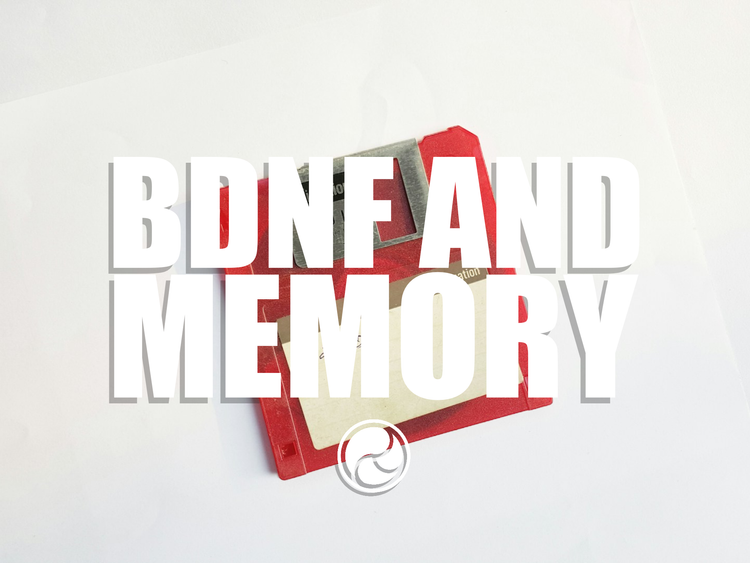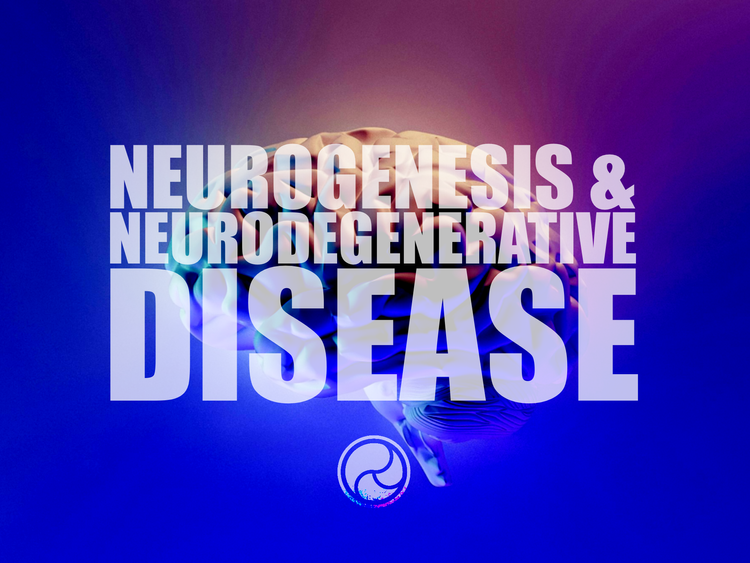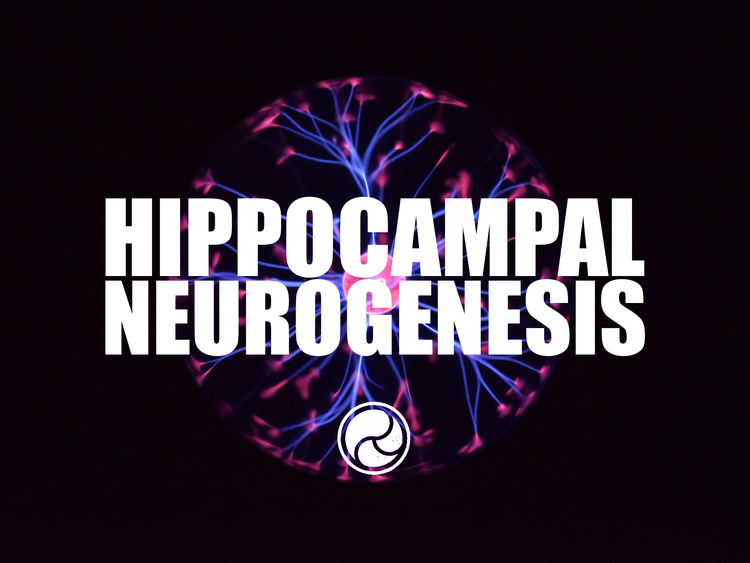The Anatomical Heart
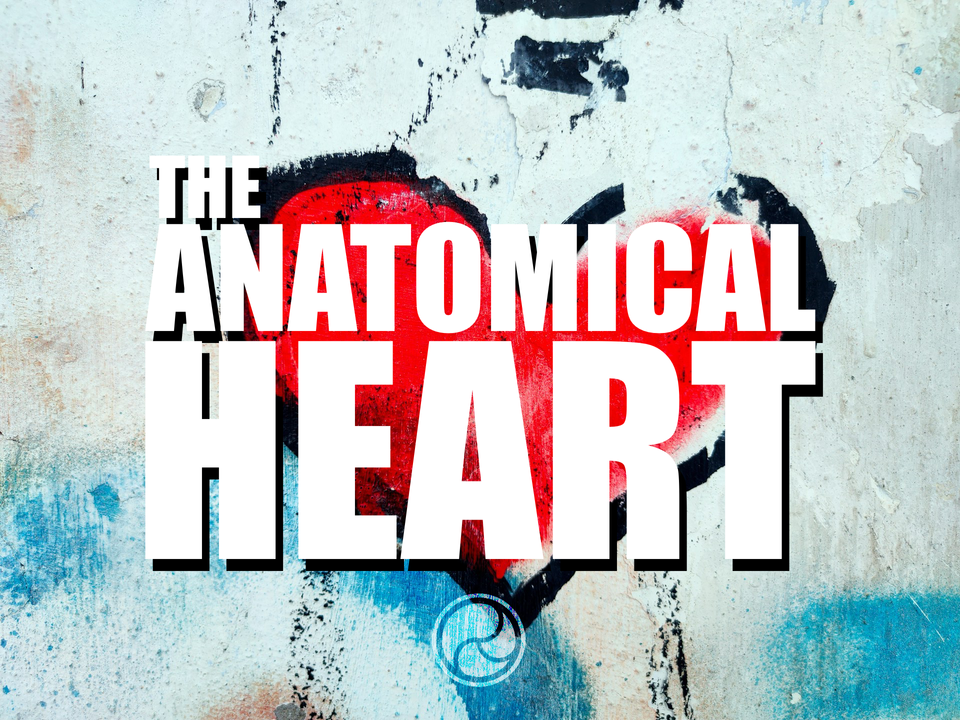
This is a break-out of an article I wrote years ago titled "Heart Rate Variability: Finding the Pulse on Your Recovery." The entirety of this prior article will be broken up and spread out for ease of consumption, and will serve as a sample of content that will be produced for this publication. This content is provided for free, and as such, will be foundational in understanding what comes later on. Enjoy!
Heart Rate Variability: Finding the Pulse on Your Recovery
Part 1: The Anatomical Heart (this article)
Part 2: Autonomic Regulation of the Heart: Pumping the Brakes, Hitting the Gas
Part 3: Respiratory Sinus Arrhythmia: What's Breath Got to Do With it?
Part 4: Heart Rate Variability: Effectively Gauging Your Physical Wellbeing
“For every affliction of the mind that is attended with either pain or pleasure, hope or fear, is the cause of an agitation whose influence extends to the heart.”
—William Harvey
It is no secret that aerobic exercise is good for your heart. Aerobic exercise eventually leads to a lower resting heart rate, which can be indicative of a strong heart, which can lead to reduced heart problems. Furthermore, the benefits of a stronger heart extend well beyond just minimizing heart problems. The heart has numerous mechanisms at work that do more than just pump blood.
However, pumping blood is what we're going to start with: pumping blood, and the internal innervation--the system of nerves that run throughout the organ--that makes it happen. The extended mechanisms contributing to a lower resting heart rate are quite complex, and so we begin with some foundational knowledge on the physiology of the heart and will build from there.
Contents
Foundational Anatomy
The Intrinsic Cardiac Nervous System
References
Foundational Anatomy
The human heart is comprised of four chambers: two atria and two ventricles. The atria receive blood that arrives through the veins. The ventricles are larger chambers that lie below the atria; they pump blood from the heart into the lungs and arteries. Four chambers for four distinct processes:
- The right atrium receives deoxygenated blood and pushes it into the right ventricle.
- The right ventricle sends this deoxygenated blood into the lungs where wastes are removed and the blood is refreshed with oxygen.
- The left atrium receives the freshly oxygenated blood and pushes it into the left ventricle.
- The left ventricle then sends the blood out through the rest of the body where the oxygen is consumed and waste is collected.1
When getting rid of fat, you literally exhale it? The waste remains of the fat once it's burned up are carried to the lungs via the process mentioned above to be expelled from the body via exhale. This is greatly simplified, and will be discussed in length at a later date. Still, pretty cool, right?
Your heart is responsible for moving the entire volume of your body’s blood through the lungs where it eliminates waste and replenishes oxygen, then sends it all back out through the body. You can imagine how important it is to keep this vessel beating.
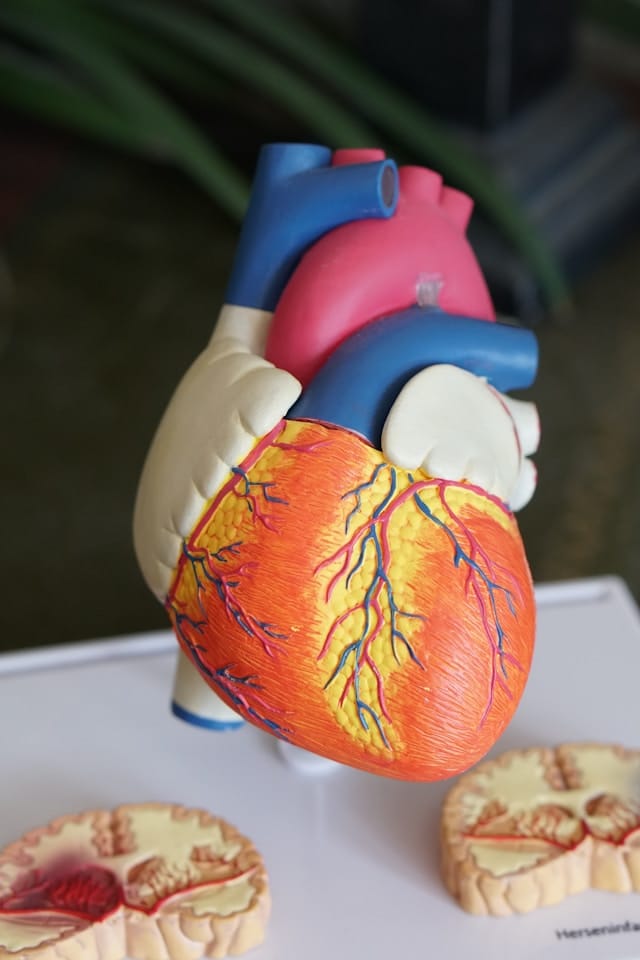
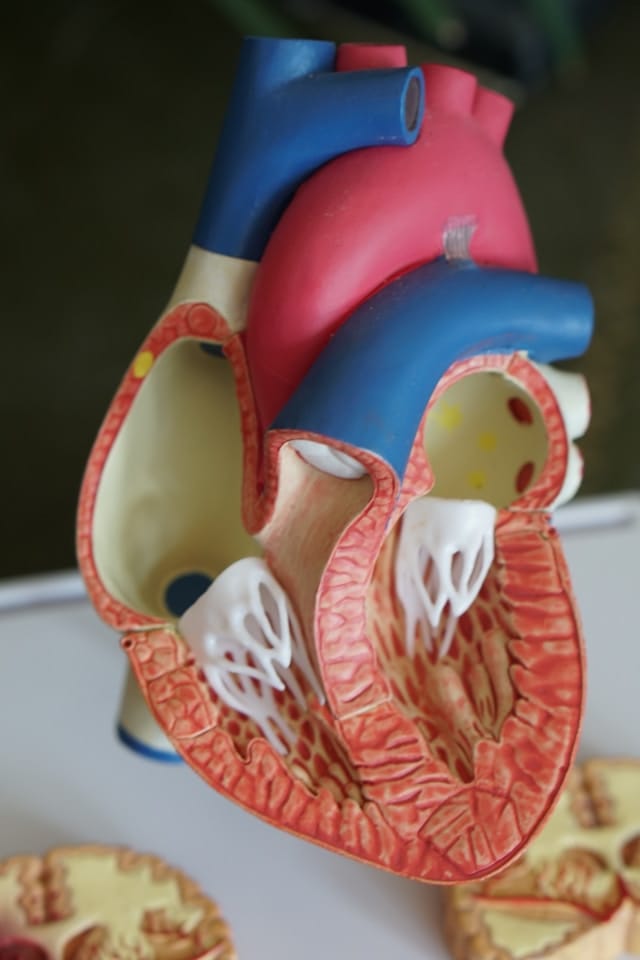
The Anatomical Heart. The chambers are apparent in the cross-section in the image on the right. Photos by Robina Weermeijer on Unsplash.
The Intrinsic Cardiac Nervous System
Definitions
intrinsic = internal
cardiac = heart-based, or having to do with the heart
nervous system = the set of electrical impulses that direct messaging throughout the body and its various organs
sinoatrial node = the heart's primary pacemaker
atrioventricular node = the heart's secondary pacemaker
myocardium = the heart's muscle tissue
Your beating heart has a self-contained nervous system, complete and complex enough to be referred to as a mini brain. This mini brain runs on two internal pacemakers, consisting of what are called autorhythmic cells, which can operate of their volition under certain conditions. This is how a heart continues beating after it is removed from the body and severed from all connection with it. These two pacemakers are called the sinoatrial node (SA) and the atrioventricular node (AV).
The SA is the primary pacemaker, sending electrical signals throughout your heart’s intrinsic nervous system, causing the heart muscles, or myocardium, to contract. The AV is secondary, and works in tandem with the SA. Your SA fires, sending an electric impulse to the AV, causing it to fire as well. This is where the thump-thump rhythm of your heart comes from —the atria, or top two chambers of your heart, contract when the SA fires, followed by the contraction of the ventricles, or the bottom two chambers, when the AV fires.
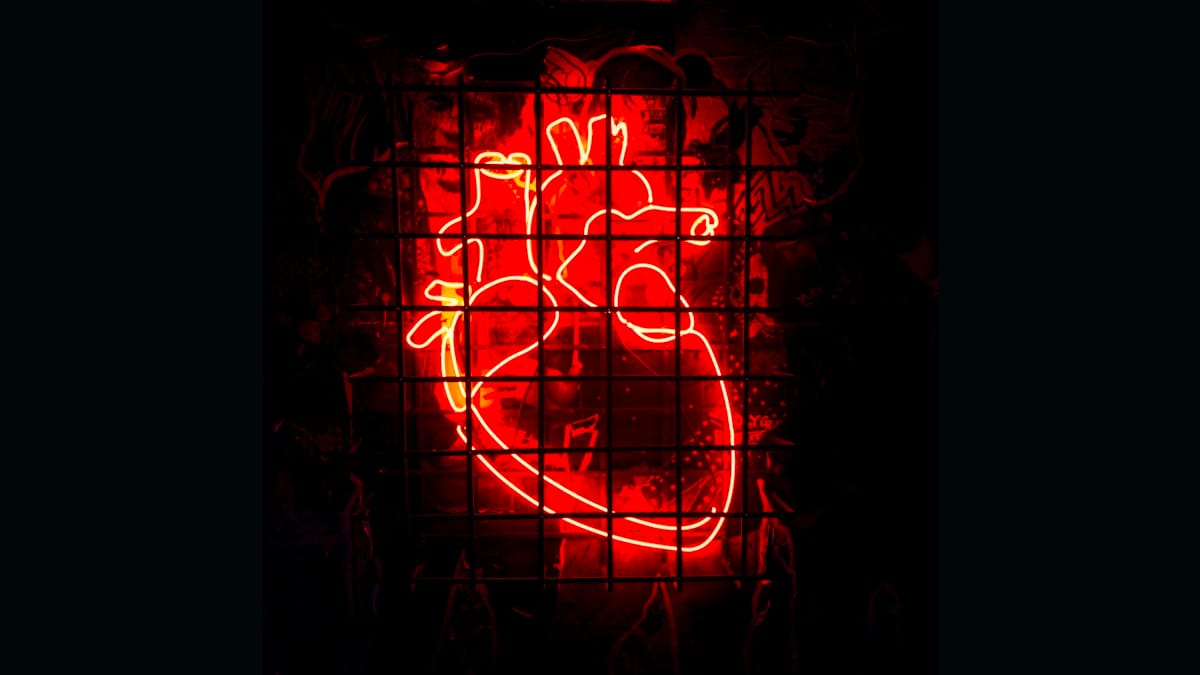
The system is entirely self-contained and can continue to operate for a time once severed from the body, as mentioned above. Furthermore, in the event that the SA is damaged, the AV can take over, though it’s not as strong, and won’t last as long in the driver’s seat.
Pretty fuckin' cool, right? Your heart is the furnace that keeps everything else running, and as such, has a whole system of its own in place to keep it going however possible. Granted, this is a simplified overview of your heart’s overall pacemaking system, which we will dive deeper into in the next article.
Thank you for reading! If you enjoyed this content, please consider subscribing for more. Feel free to drop into the Discord with any questions around the content. If this has motivated you to get up and get moving, strvtmvmnt offers online classes and programs to help strengthen your body and mind wherever you may be. Sign up for the marketing newsletter here, and join us on Discord here.
References
1Shaffer, F., McCraty, R., & Zerr, C. L. (2014). A healthy heart is not a metronome: an integrative review of the heart's anatomy and heart rate variability. Retrieved March 31, 2018, from https://www.ncbi.nlm.nih.gov/pmc/articles/PMC4179748/
